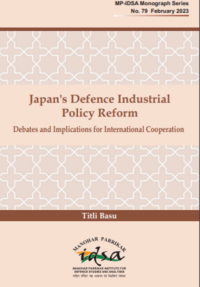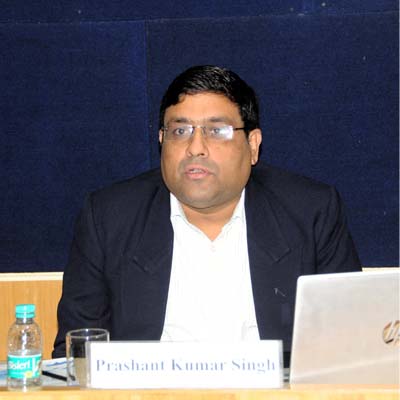‘China in SAARC? To What Effect?’: A Pakistani Perspective
The debate on giving the People's Republic of China full membership of the South Asian Association of Regional Cooperation (SAARC) is primarily seen in the context of positive and negative thinking. While China has an observer status in SAARC along with Australia, the EU, Japan, Iran, Mauritius, Myanmar, South Korea and the United States, its case for full membership is primarily advocated by Nepal and Pakistan but not supported by India.
- Moonis Ahmar
- May 2011













